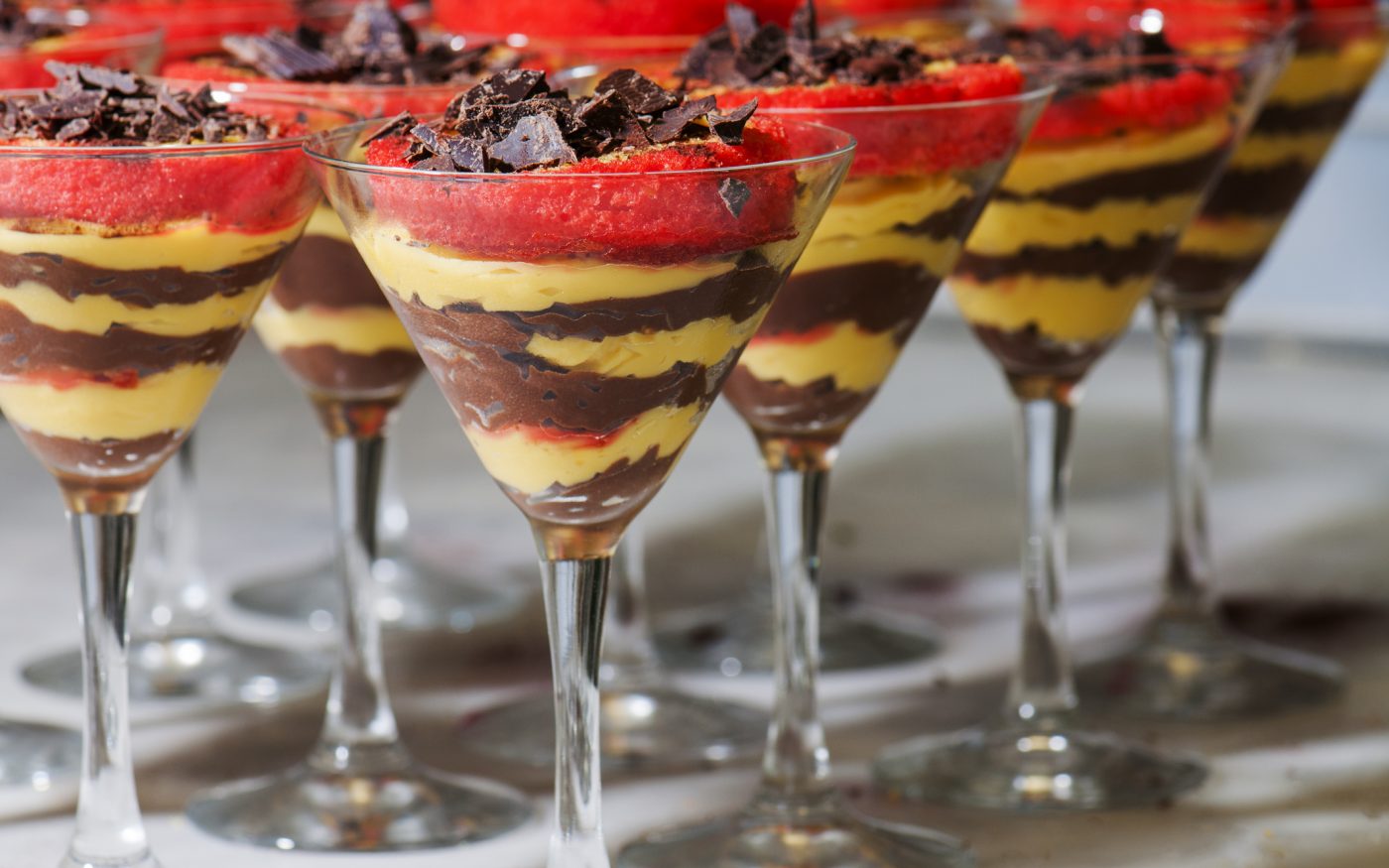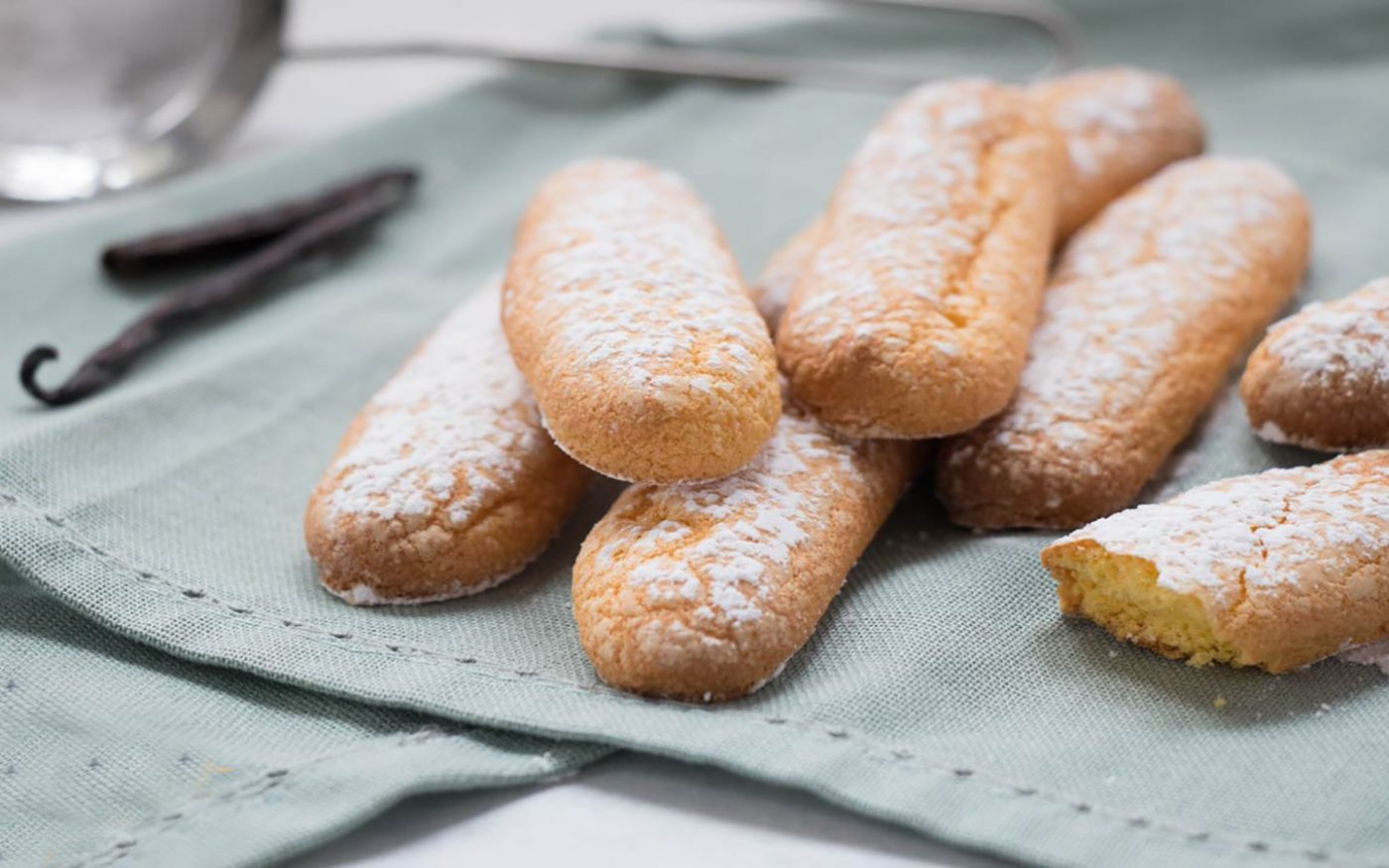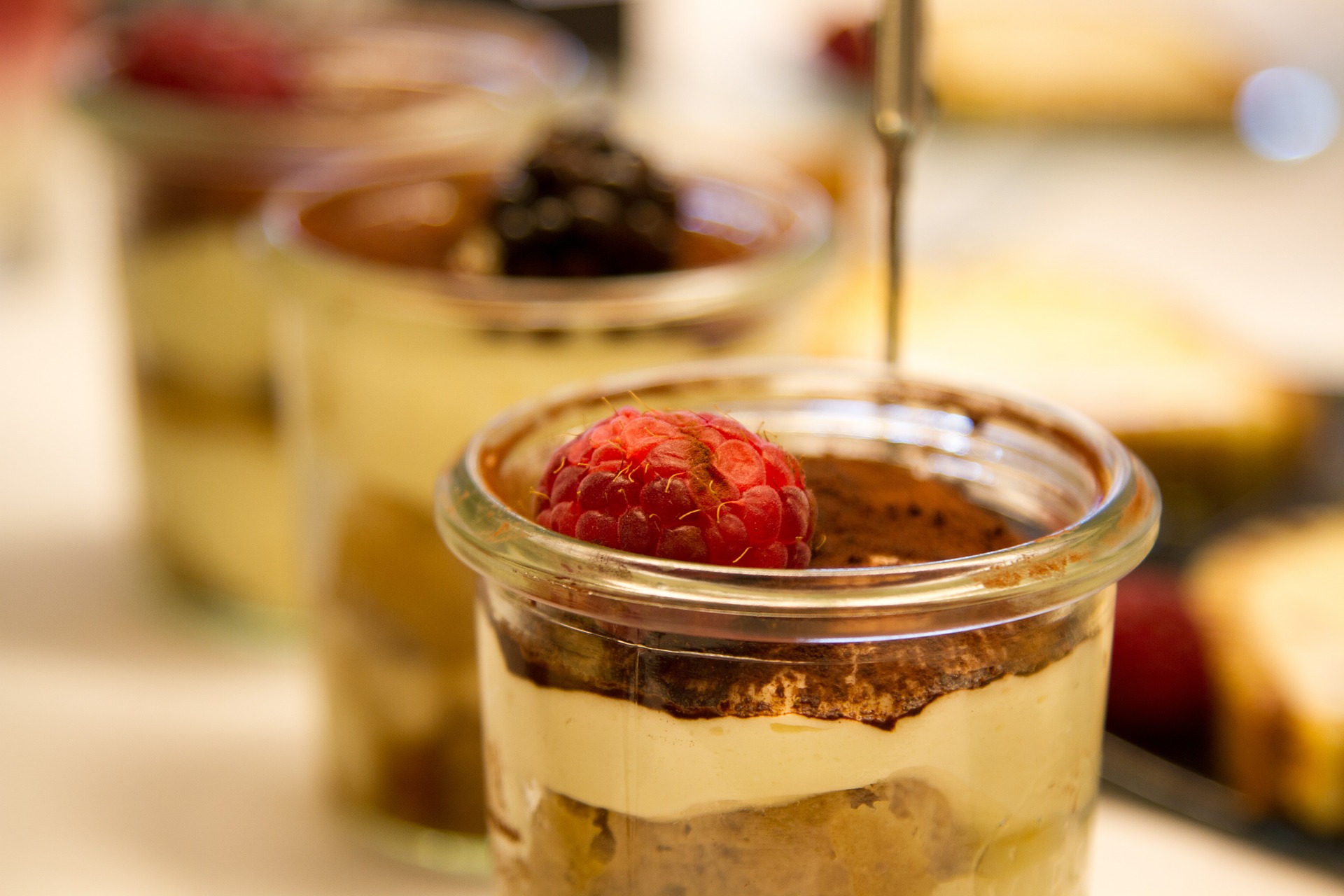Recipes
Zuppa Inglese - English Soup The dessert with the mysterious name

One takes 150 grams of ladyfinger cookies.
In a very deep oval serving dish place a layer of such cookies moistened with Jamaica rum.
On this layer of cookies, apricot jam and a layer of custard (eggs, sugar, milk, flour and vanilla) are spread.
Start the layers again in the same order, with the only variation being to lightly wet the cookies with Alkermes.
Another set of layers is then begun with the cookies soaked again in rum. When the desired layers are finished, top it with chocolate cream (eggs, sugar, milk, flour and chocolate). It is served cold.

These langhetti (or langaroli, or langhesi, or langhigiani, who knows!), these langhetti of few words, reluctant to converse, concrete and essential when they talk about their work, the seasons, the vineyards, the cellars, indulge in the strangest fantasies when it comes to the products, simple but original, of their cuisine. And how can you blame them?
These gastronomic baptisms are, of course, the work of housewives, more taciturn still than their men, and are now commonly used definitions, born who knows when and who knows where, on which it is arduous to attempt too scholarly research.
So we have pâtés that are not pâtés, veal tonné, which ignores tuna, batsoàs that have nothing to do with silk stockings, grive that has no nest, and this English soup, equally mysterious in origin and strange in name.
However, they have been preparing it throughout the Langa for as long as I can remember. for lunches of a certain tone and they offer it with the certainty that it will be liked by the diners; and liked, in truth, it always is because in its, let’s say, rusticity it proposes a good harmony of flavors of a certain liveliness, it is soft, goes wonderfully with a good, fresh, fragrant Muscat, which ennobles it a little.

Some research on the origin of this dessert, in truth, has been done, but we are always in the mists. Two theses prevail for now: the dessert was said to have originated in the kitchens of the Savoy family, and since the base and backing of it were and are the cookies known as Savoiardi or even English cookies, zuppa inglese, i.e., English cookies, was called.
Others suggest a more elaborate explanation: a Piedmontese, merchant, artisan (they say soldier, and even Garibaldian, but it doesn’t tie in with history because of those boring things that are dates) finds himself for some time in Naples, discovers some vigorous liquors there, which arrive there with the British ships (here’s the catch: but what a struggle!), he has his beloved cookies with him and makes that mixture which he calls precisely zuppa inglese and which he then repeats and improves and completes when he gets home, of course Ceding the privilege of reworking to his women.
This is how the cake is defined in its now traditional form; the name remains: with all its doubts.
Here’s the procedure for a recipe for a classic Carnival dessert here in the Langhe and one that you’re sure to already know (pass if you’ve never made it, but you’ve certainly tasted it, haven’t you?).
Originating in the Po Valley belt of northern Italy with incursions even into Tuscany is somewhat remote preparation, present as early as the Renaissance, was enriched over time with the arrival of new ingredients such as alkermes (sweet, red in color and more alcoholic than wine) and the chocolate that in the form of pudding was used in layers instead of custard.
At one time it was also made from cookies or leftover dry cakes, where the function of the liqueur was precisely to soften the whole and make it palatable again with an eye tohousehold economy as well.
An ancestor of Tiramisu by methodology of composition but substantially different in the ingredients used, it is a brightly colored dessert that sets it apart.
